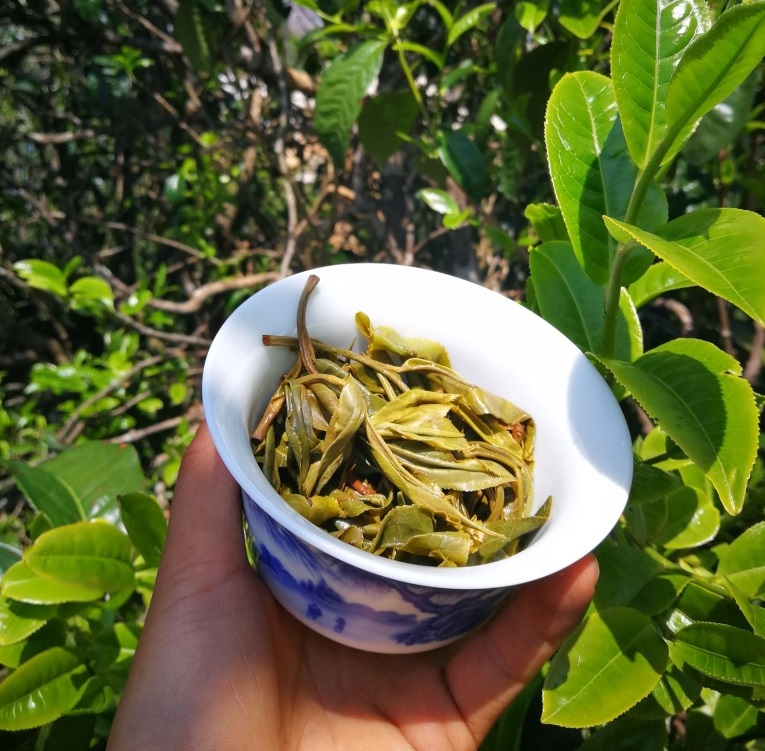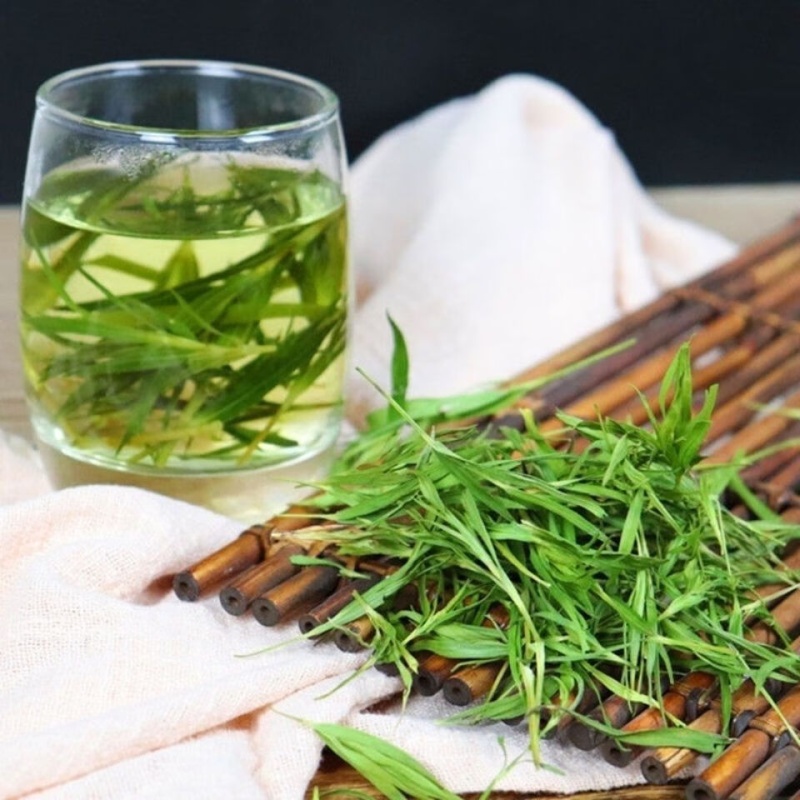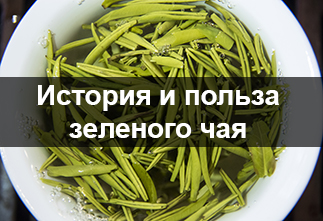Tai Ping Hou Kui is one of the most famous varieties of Chinese tea, which is valued not only in this country, but also throughout the world. Its second name is the Monkey Leader. The tea leaves have a pointed shape. During the production process - during drying - the raw material is simply pressed. As a result, the leaves do not curl, they clearly display a mesh structure.
History of Tai Ping Hou Kui Tea
The Tai Ping Hou Kui variety was first isolated in 1900 from blade teas. The Qing Dynasty had a number of tea producing companies that specialized in blade varieties. One of them was Jiangnanchun. It was here that selected varieties grown in Taiping County were used to produce the drink.
A few years later, a farmer named Houkena began to collect green tea of excellent quality. In 1912, he was presented at the Nanjing National Industrial Fair, where he was awarded prizes. Three years later, this farmer became famous throughout the world, and his tea was awarded a gold medal.
Tai Ping Hou Kui has been one of the top ten most famous tea varieties in China since 1955. In 1979, the product was exported, and this drink was highly appreciated all over the world. At the beginning of the 21st century, this variety received the title of "Lord of Green Teas". During the auction, 50 grams of this product was sold for 61,000 yuan.
Geography of growth
The raw material is collected in the Taiping region. It is here, in Anhui Province, that special tea trees grow. Their leaves are quite large. The raw material is collected only once a year - in the spring. To obtain a quality drink, only the top bud and the two large leaves that follow it are used.
The Legend of the Origin of Tai Ping Hou Kui Tea
An interesting story about Xin Wu Kun is connected with the famous drink. The Taiping people say that he was the leader of the monkeys. When the character flew over the Huang Mountains, he noticed a tea grove and picked some leaves, which he then used to brew the drink. The aroma of the tea surprised him, and he returned again to collect the unique raw material. He also found blooming orchids around the tea bushes. Perhaps this story is connected with the name of the tea - Monkey Leader.
The large flat leaves have a multifaceted aroma, in which one can guess mango, melon, watermelon, and also have a delicate spicy note. After washing the tea, the aroma of freshly cut grass, watermelon seeds, and fresh green apple hovers in the gaiwan.
For brewing, you need water with a temperature no higher than 80-85 °C. For a 150 ml gaiwan or glass flask, you will need 3-5 grams of tea. The taste of Tai Ping Hou Kui infusion is fresh and light, with a pleasant sourness inherent in all green teas, with a predominance of shades of mown field grasses, unripe gooseberries and ripe mango.
This Chinese tea produces a high-quality pear-colored infusion with an amber sheen, transparent and clean. It is capable of giving 5 full infusions and remaining just as tasty and aromatic throughout the entire tea party.
The aftertaste is refreshing, sweet and sour, with hints of fresh ripe fruit.
The tea has a distinct palette of effects. By the end of tea drinking, it tones up well, gives lightness to the body, clears the thoughts. It promotes communication with friends, has a calming, meditative effect. Like many green teas, Tai Ping Hou Kui perfectly quenches thirst and cools the body.
It would be appropriate to hold a tea ceremony in a calm, peaceful atmosphere, without haste and fuss, in complete solitude or in the company of an old friend.
Tai Ping Hou Kui is a high-quality, ceremonial green tea for special and festive occasions. It is recommended for connoisseurs of fresh high-quality green teas, white tea and sheng puer.
|
Name in Chinese
|
太平猴魁 |
|
Pinyin
|
tapping hóukuí |
|
Translation
|
The Monkey Chief of Taiping |
|
Country
|
China |
|
Provinces
|
Аньхой (安徽) |
- Комментарии
- Вконтакте
Diabetes mellitus is one of the most common chronic diseases of our time, the peculiarity of which is the disruption of glucose metabolism in the body and can lead to serious diseases such as diabetic nephropathy, retinopathy, neuropathy and cardiovascular diseases. In recent years, scientists have been actively looking for effective and safe measures to prevent and manage this disease. Among them, special attention is paid to tea - a drink known to mankind for thousands of years and possessing not only a pleasant taste, but also many useful properties.
Green tea is one of the most popular drinks in the world, especially in East Asian countries, where its consumption has become part of the culture and traditions. However, in recent years, scientists have increasingly paid attention not only to its taste qualities, but also to its potential health benefits.
Spring green tea is a special product that is highly valued among lovers of this drink. Its taste, aroma and color differ from tea collected at other times of the year. Due to its high quality and price, it is very popular, so some unscrupulous sellers may pass off summer or autumn tea as it. But how can you tell the real spring tea? We will try to answer this question in this article.
Также относится к разряду зелёных чаёв. Создаётся в уезде Тайпин провинции Аньхой. Основным же местом его произрастания является район Хоукэн у озера Тайху, который с трёх сторон окружён водой, а с четвёртой горной грядой с вершинами, создающими форму перевёрнутого треножника - Фениксовым, Обезьяньим и Петушиным пиками.
Every morning people brew themselves strong coffee or green tea. Of course, it is much better to start your day with a healthy drink. It will give you energy and increase your brain activity. The benefits of green tea have been talked about for quite a long time. However, do we know all the properties of this irreplaceable drink?

























































































